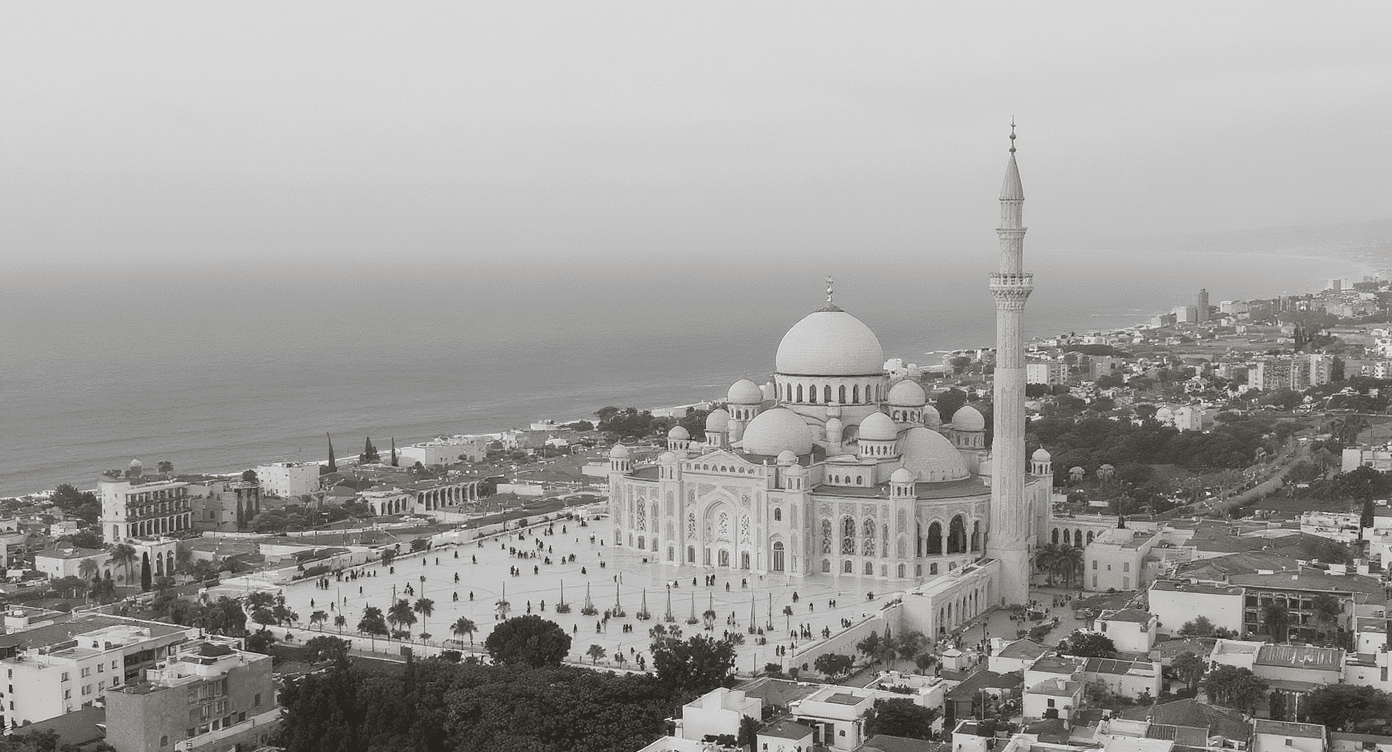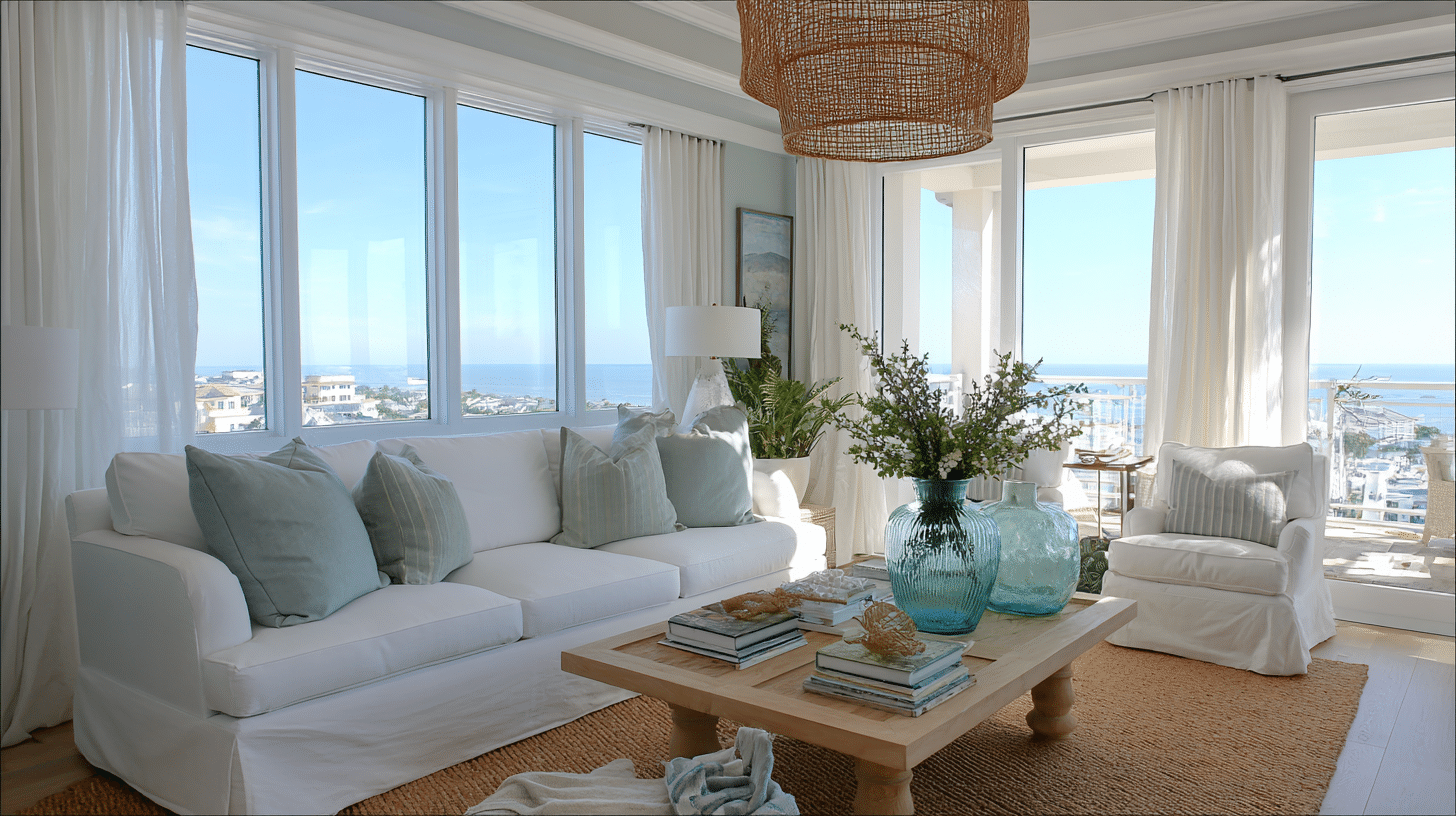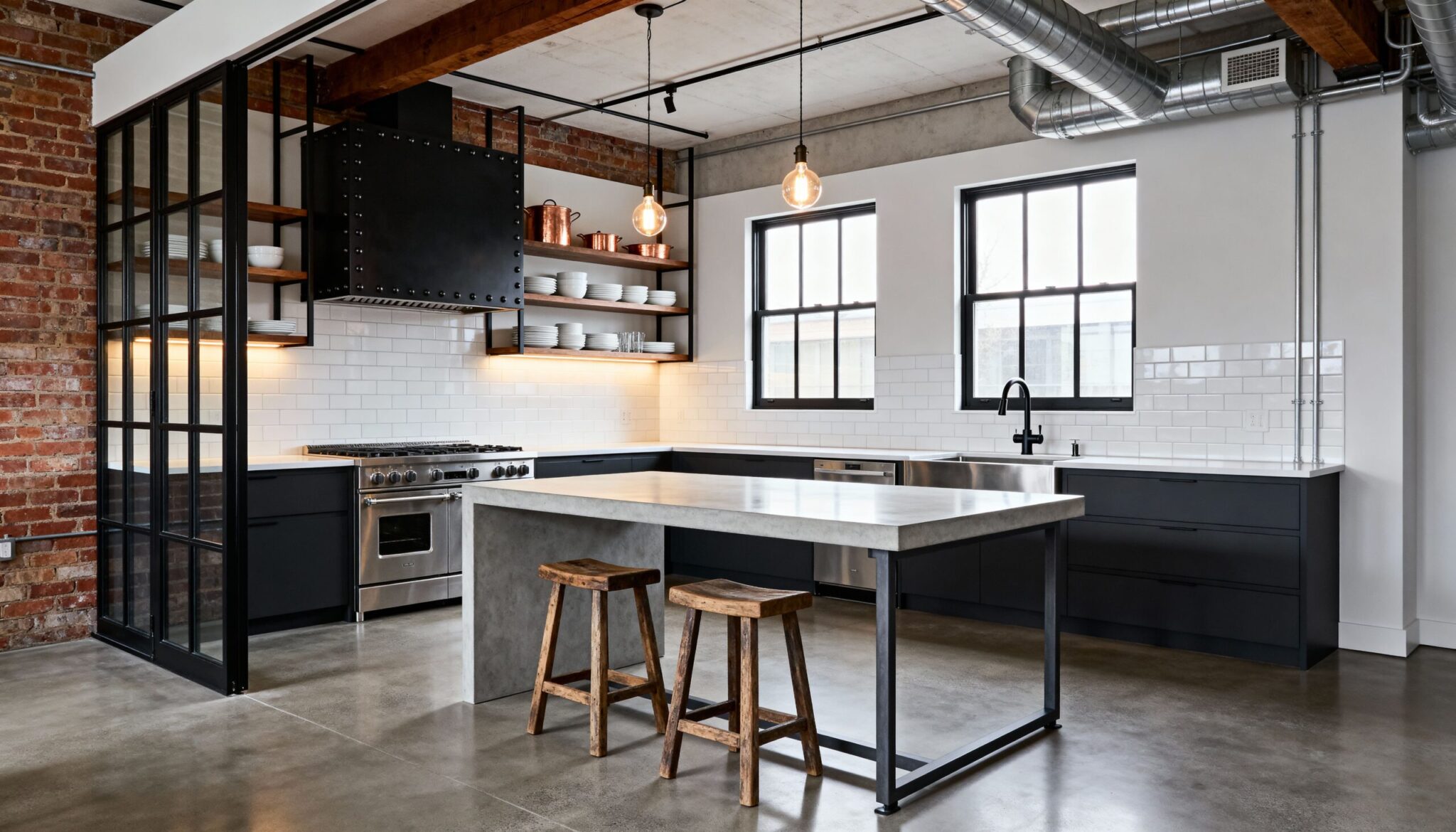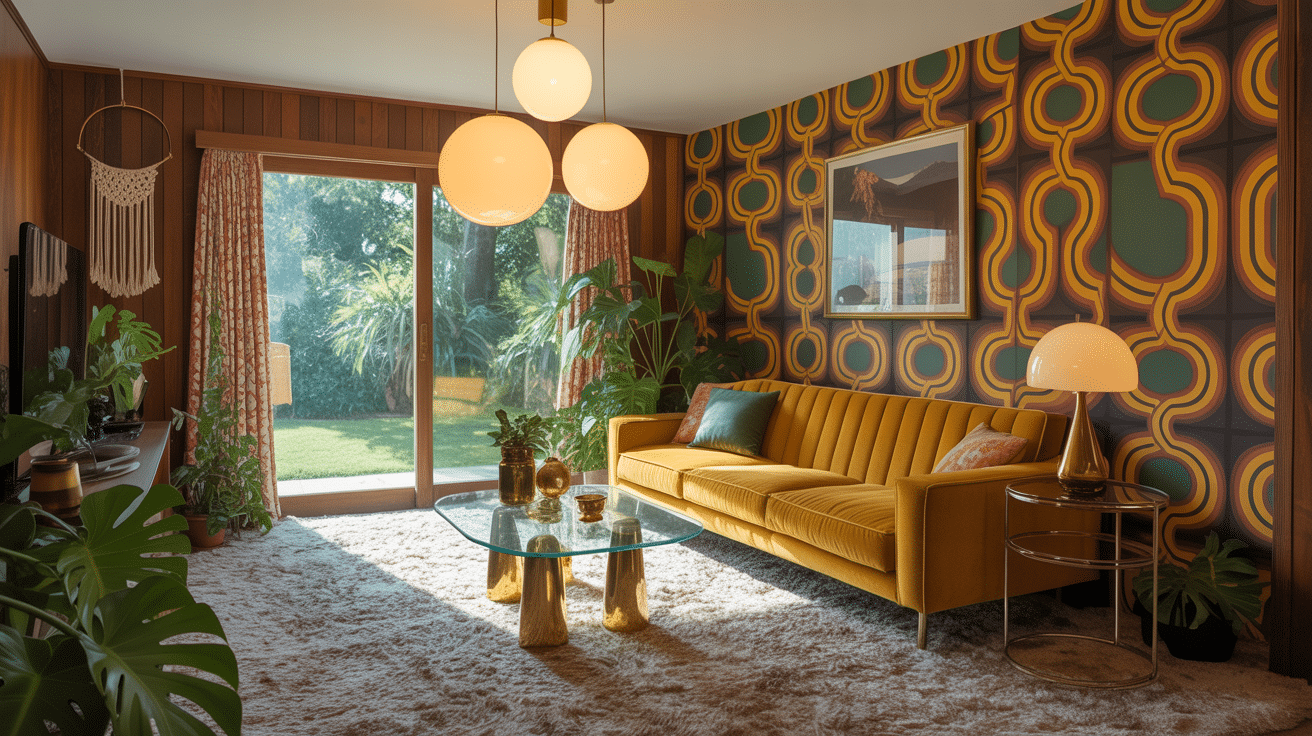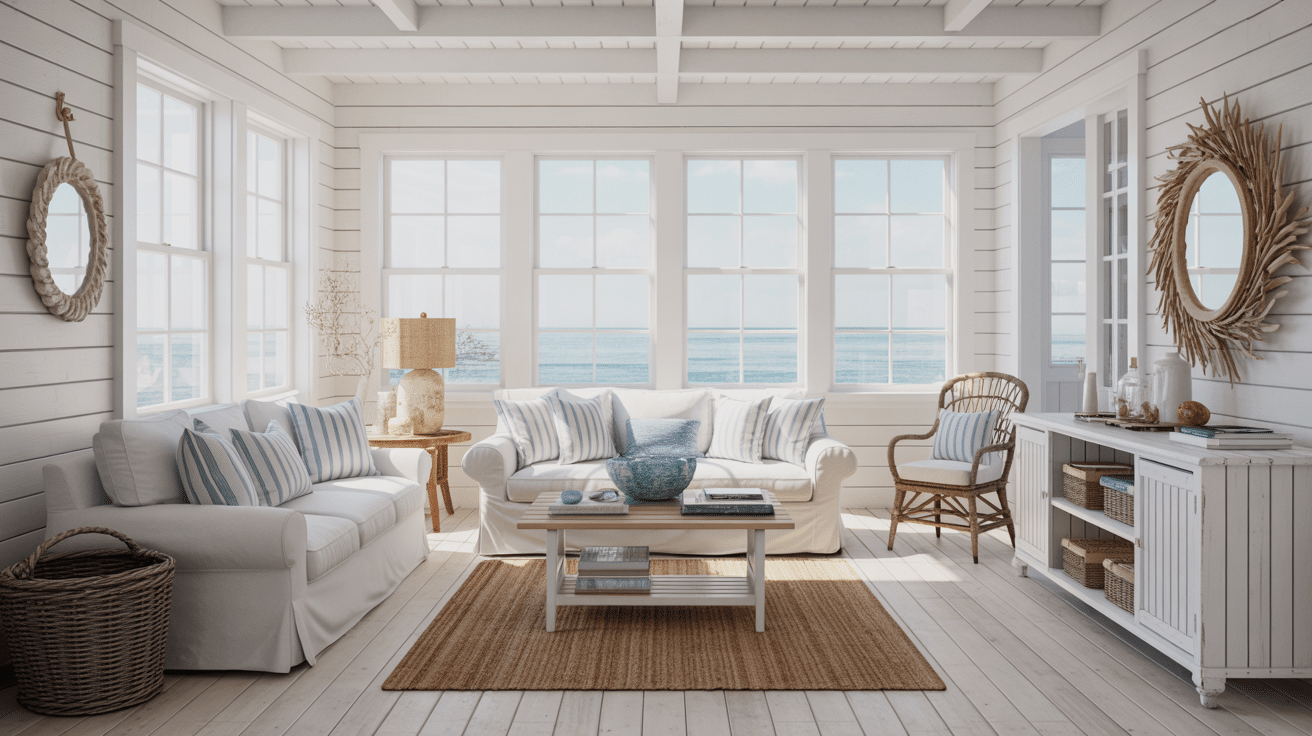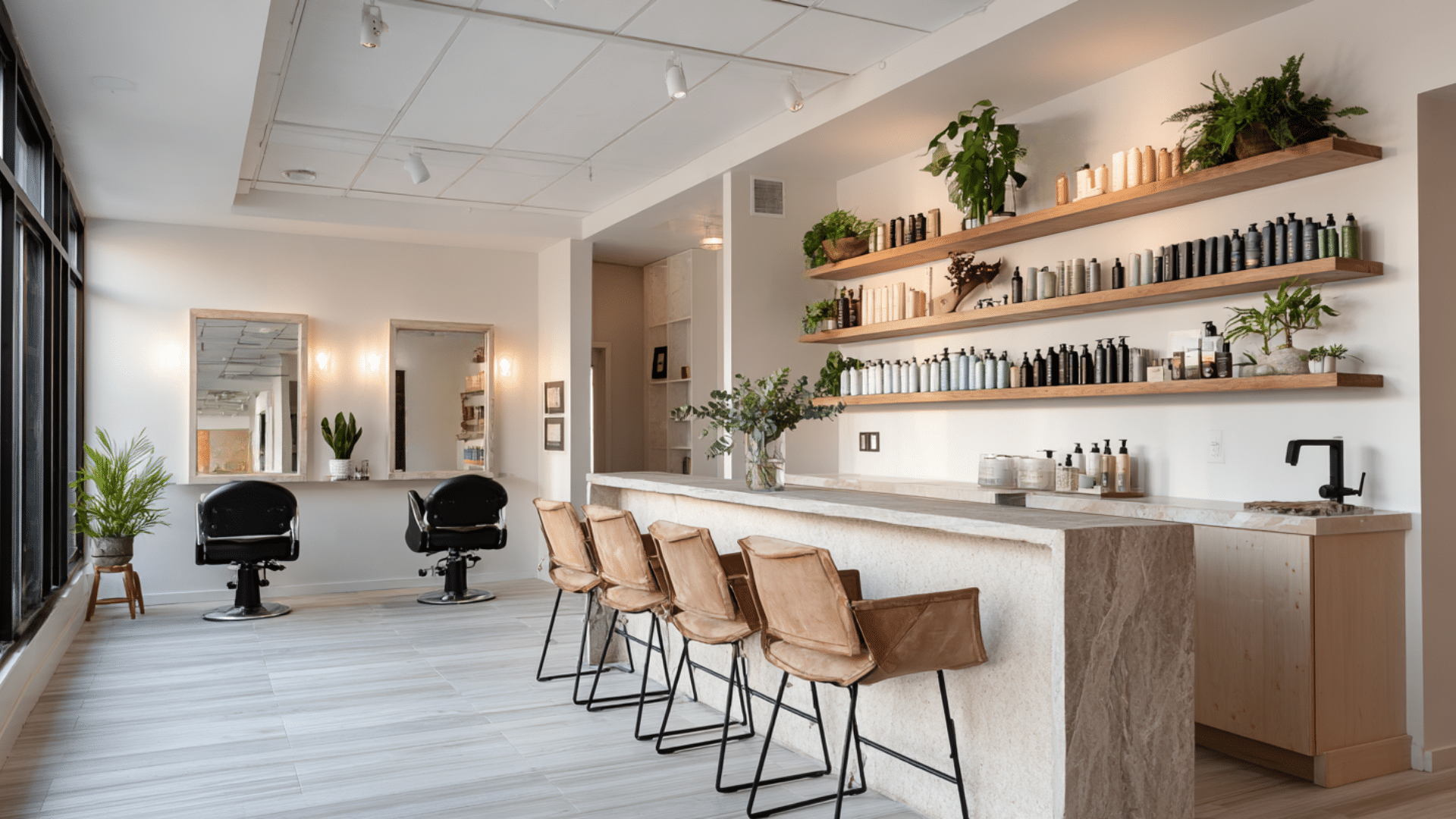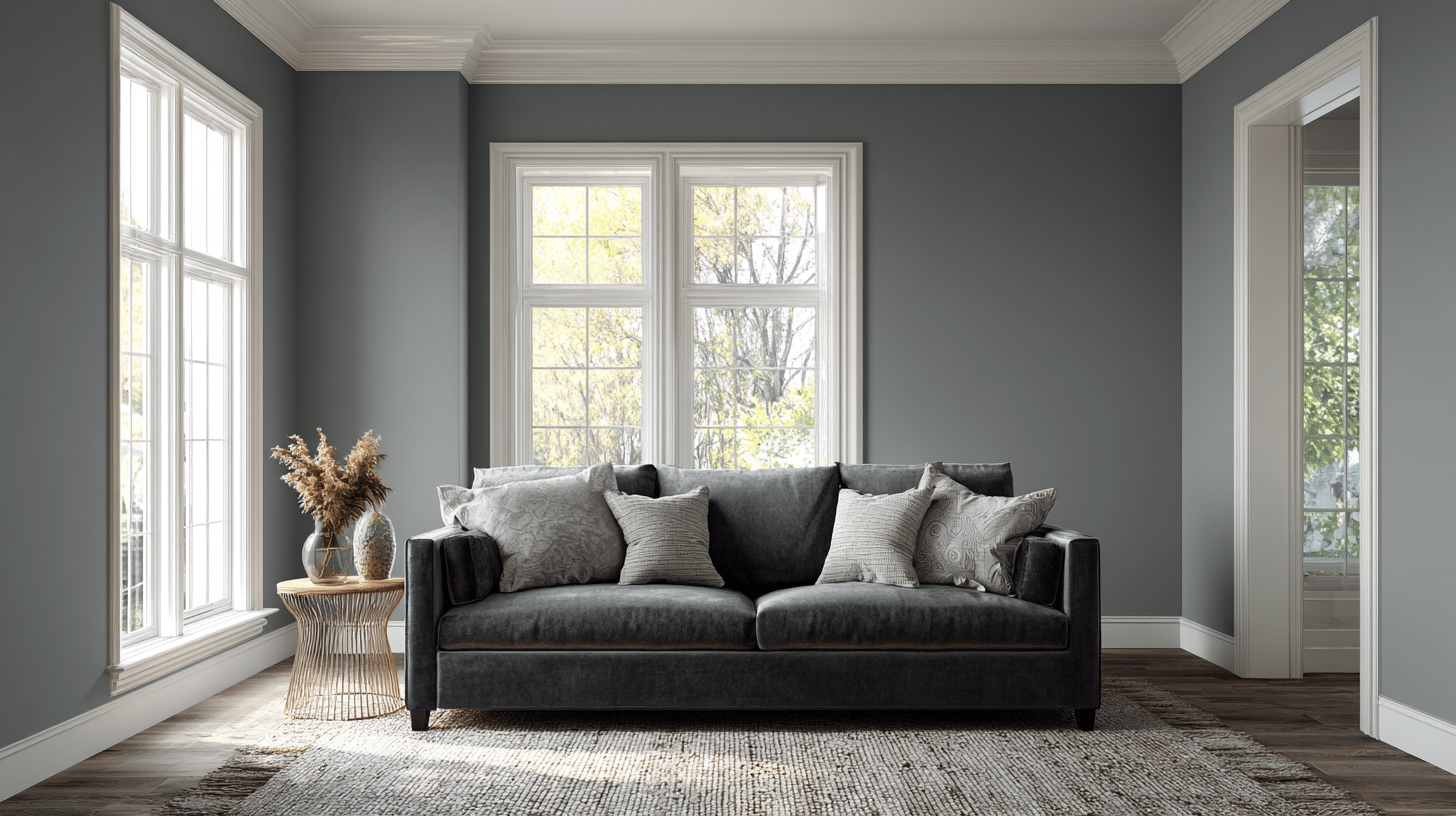From the winding alleys of Fez to the grand palaces of Marrakech, Moroccan architecture tells a story carved in stone, wood, and tile.
It is more than just the buildings; it is a living testament to centuries of cultural exchange, artistry, and innovation.
Each arch, courtyard, and mosaic whispers of history, faith, and craftsmanship that shaped a nation and influenced the world.
This blog will take readers through the distinctive elements that define this style, from geometric patterns to ornate doors that invite awe at every turn.
Moroccan Architecture Origins – From Tribes to Traditions
The story of Moroccan architecture begins with the Berber tribes, who first settled in North Africa thousands of years ago.
The Berbers, who shaped clay, stone, and palm wood into sturdy shelters against desert winds and sun.
The arrival of Arab conquerors in the 7th century changed these forms with Islamic artistry featuring geometric patterns, colorful tiles, and hidden courtyards.
Centuries later, Moorish refugees from Spain added arches, plaster filigree, and tranquil fountains. Each culture built upon the last, weaving function with beauty, simplicity with grandeur.
The result is Moroccan architecture as we know it today: a smooth tapestry of traditions, where every wall and courtyard carries the imprint of centuries of exchange and imagination.
Islamic and Andalusian Influence on Design and Identity
Islamic design principles have fundamentally shaped Morocco’s architecture, driven by specific religious and cultural requirements.
Mosques were built to face Mecca, which influenced the orientation of buildings throughout cities. Islamic law also emphasized privacy, leading to inward-facing homes with central courtyards hidden from street view.
The Andalusian influence came when Muslims fled Spain during the Reconquista period. These skilled craftsmen brought advanced techniques from Al-Andalus, including the famous horseshoe arches and complex geometric patterns.
They introduced advanced decorative arts, such as intricate stucco work and colorful ceramic tiles known as zellij.
Andalusian architects also perfected the use of light and shadow in interior spaces. They created buildings that stayed cool during hot summers while maximizing natural light.
This combination of Islamic spiritual requirements and Andalusian artistic mastery has created Morocco’s distinctive architectural identity, which balances function with breathtaking beauty.
Signature Features that Define Moroccan Architecture
Morocco’s architecture is characterized by classic features that give it a distinct visual language. Blending function and artistry, these elements reflect the cultural values of Islamic society.
1. Intricate Geometric Patterns
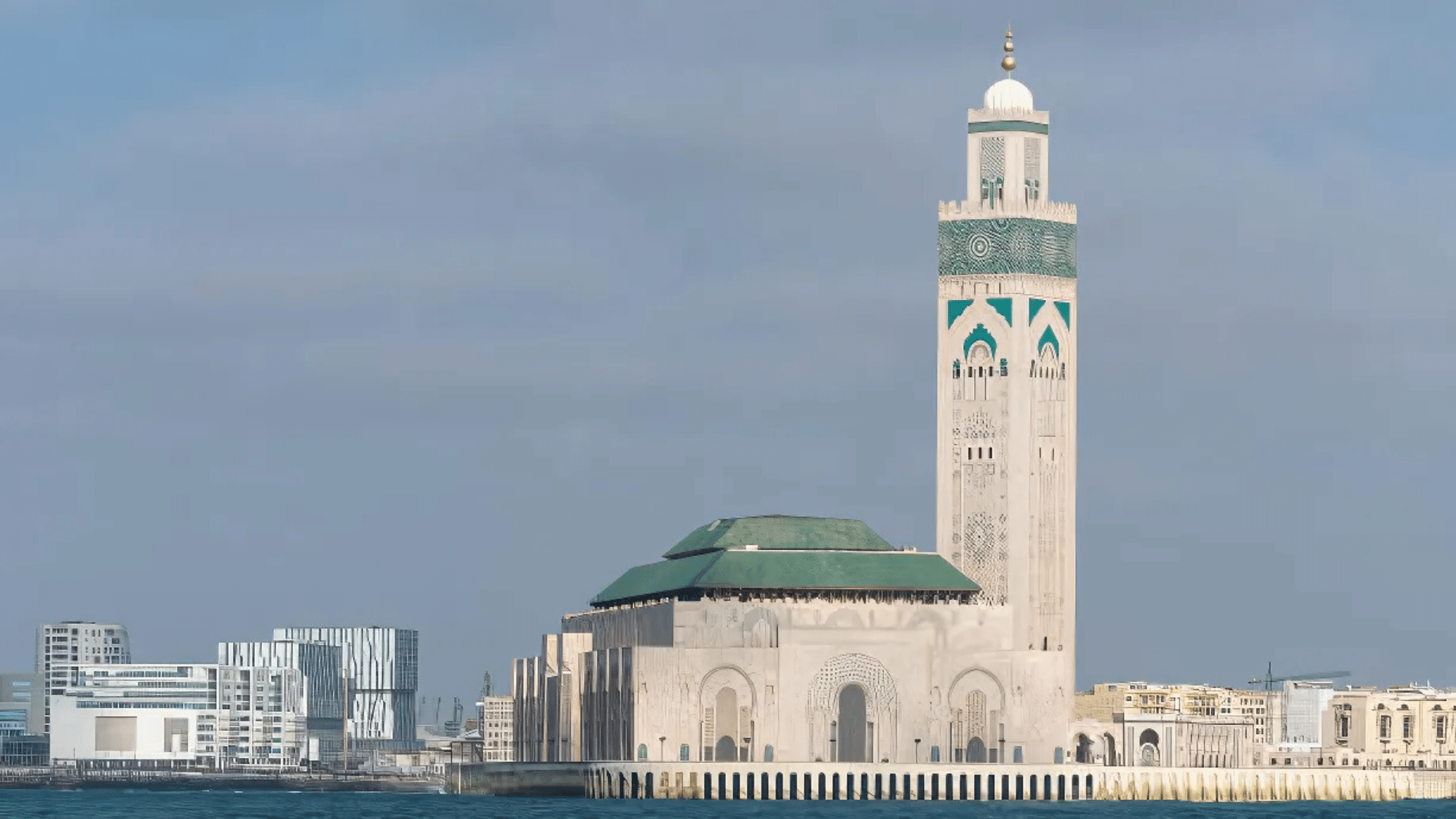
Moroccan buildings feature intricate geometric designs that adhere to Islamic artistic traditions.
These patterns don’t show living beings. Instead, they focus on mathematical precision and spiritual symbolism.
The designs are based on circles, squares, and polygons that repeat infinitely. Each pattern represents unity and the connection between earth and heaven.
You can see thousands of these geometric patterns at the Hassan II Mosque in Casablanca.
2. Breathtaking Courtyards and Gardens
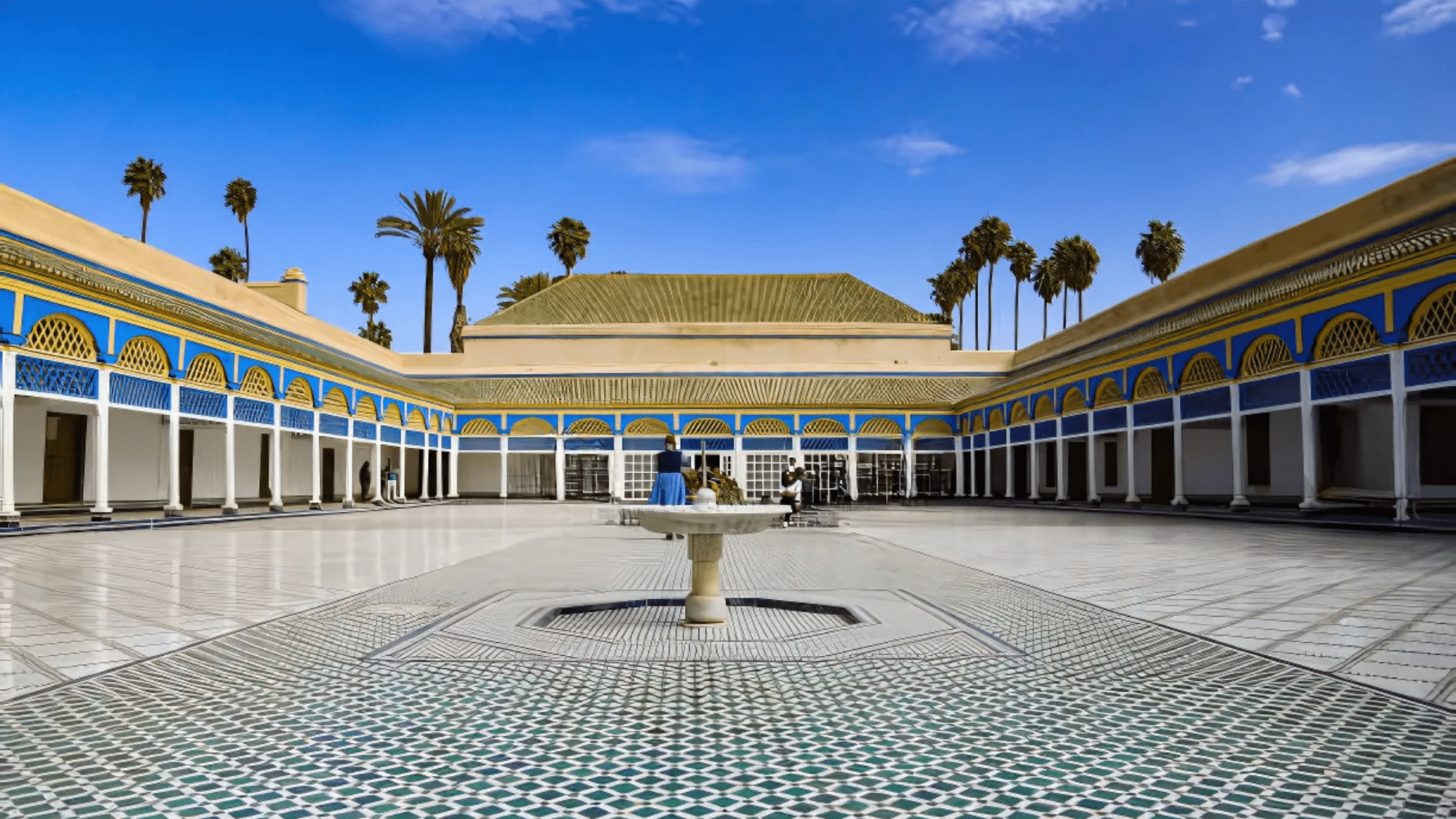
Central courtyards serve as the heart of Moroccan homes and public buildings. These spaces provide privacy, natural cooling, and a peaceful retreat from busy streets.
They often feature fountains, plants, and decorative tiles that create tranquil environments. Courtyards naturally cool buildings through air circulation and the provision of shade. The Islamic tradition emphasizes private family spaces that are hidden from public view.
The Bahia Palace in Marrakech features multiple courtyards with detailed tilework and lush gardens.
3. Horseshoe and Pointed Arches
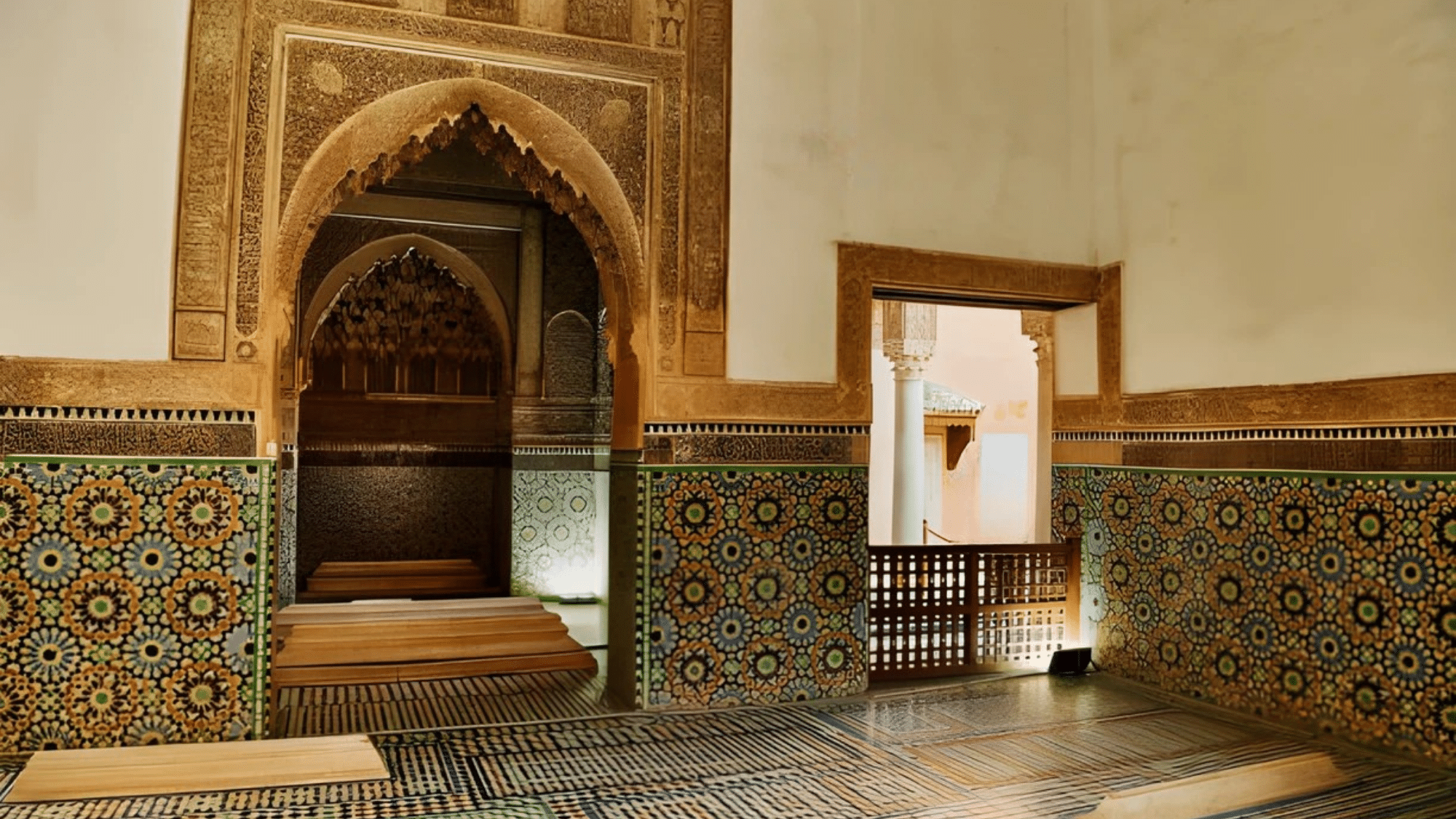
Distinctive arch shapes define Moroccan architecture. They showcase an apparent Andalusian influence.
These arches serve both structural and decorative purposes while creating graceful transitions between spaces. They appear in doorways, windows, and covered walkways.
Arches distribute weight effectively while spanning large openings. They’re decorated with carved plaster, colorful tiles, or painted designs.
The Alhambra Palace inspired similar archways throughout Morocco, including those at the Saadian Tombs.
4. Colorful Zellij Tilework
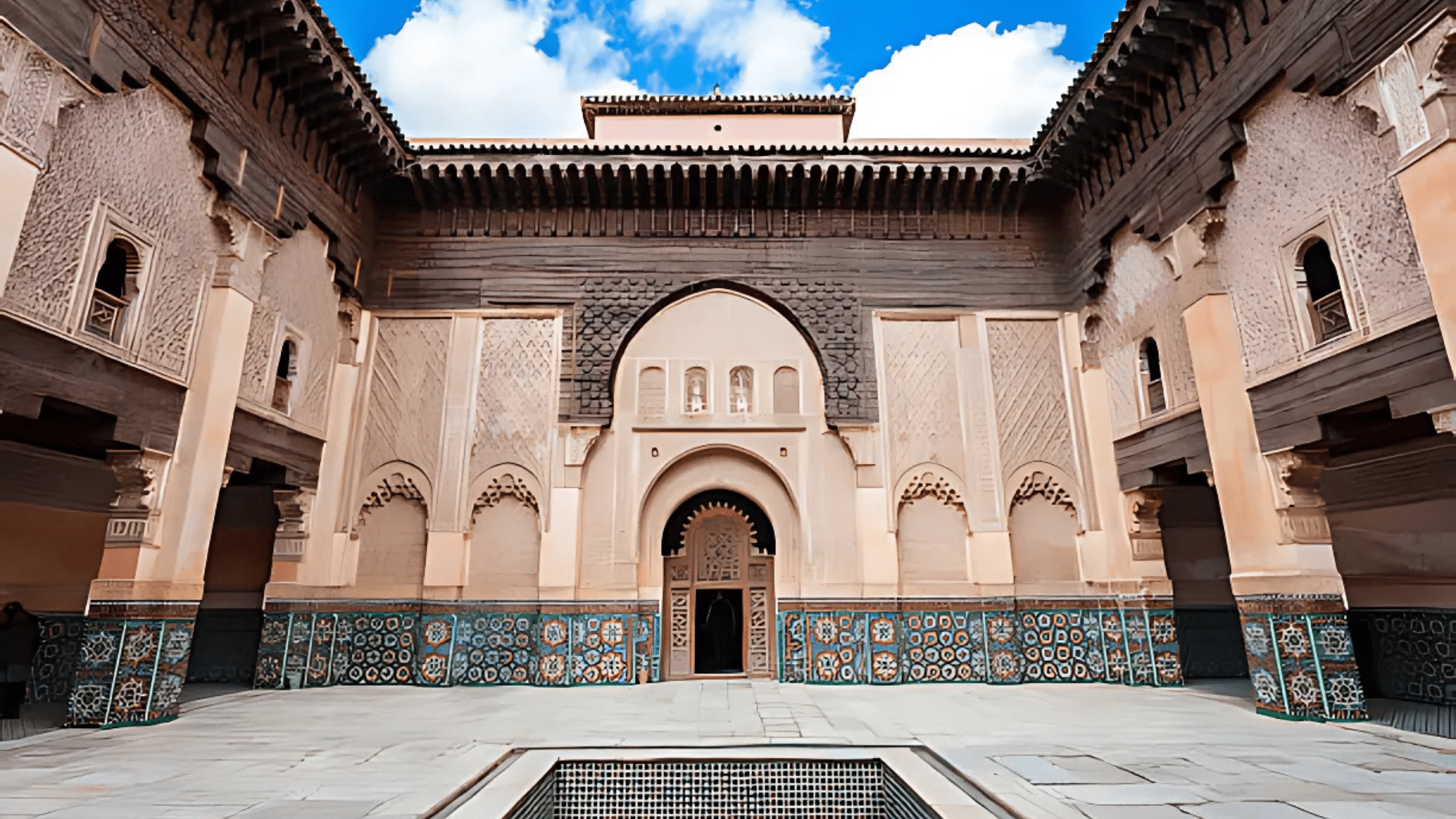
Zellij represents one of Morocco’s most recognizable art forms. It features hand-cut ceramic tiles arranged in complex patterns.
Skilled artisans spend years honing their skills to create these small geometric pieces. They beautify walls, floors, and fountains.
Each tile is individually cut and shaped using traditional tools. Different colors carry symbolic meanings in Islamic culture.
The Ben Youssef Madrasa in Marrakech displays masterful zellij work in blues, greens, and whites.
5. Ornate Plasterwork and Stucco
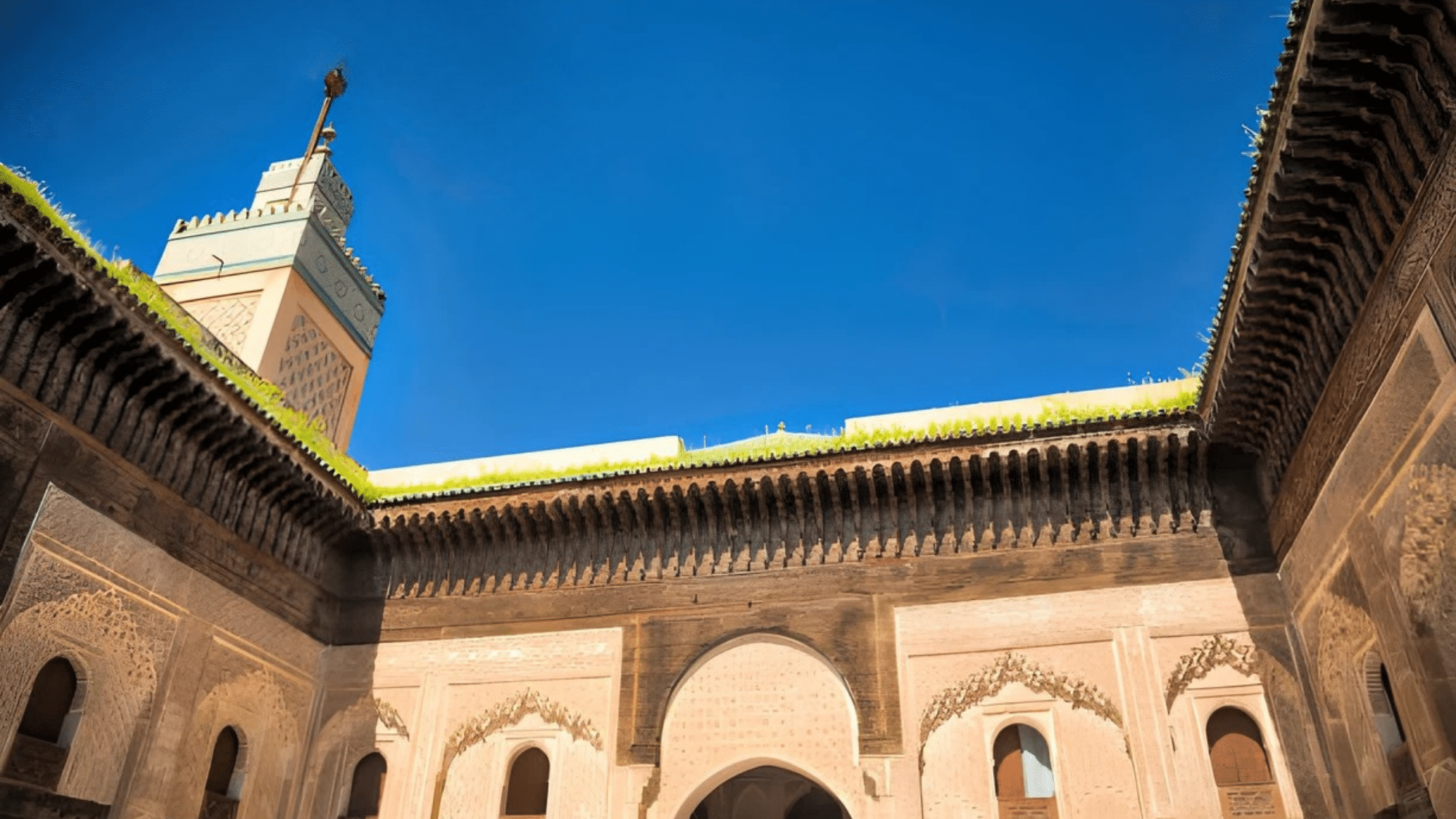
Elaborate carved plaster decorations beautify interior walls with flowing patterns and calligraphy.
This technique, known as “tadelakt,” creates smooth surfaces. The surfaces are both waterproof and visually pleasing. The work requires exceptional skill and patience.
Craftsmen carve detailed designs directly into wet plaster. This provides weather protection while adding visual appeal. The Bou Inania Madrasa in Fez features exceptional plasterwork, complemented by intricate wood carving.
6. Flat Rooftops and Terraces
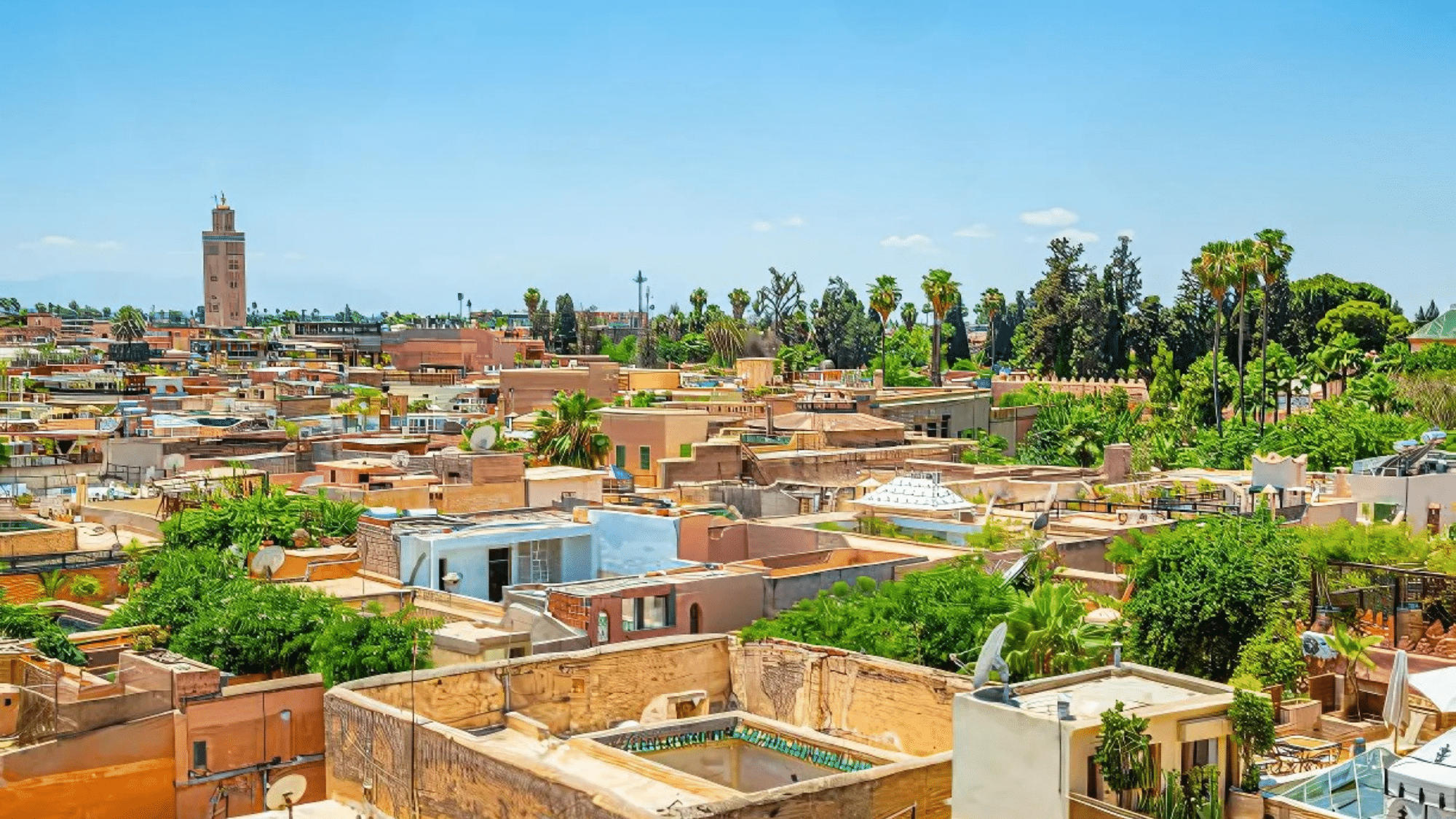
Traditional Moroccan buildings feature flat roofs that serve multiple practical purposes. These spaces provide additional living areas, clothes drying space, and places to enjoy cool evening breezes.
The design also helps buildings stay cool during hot days. Rooftops function as outdoor rooms and gathering spaces. Flat surfaces reflect heat and allow hot air to escape.
The traditional riads throughout Marrakech’s medina demonstrate classic rooftop design.
7. Carved Cedar Wood Details
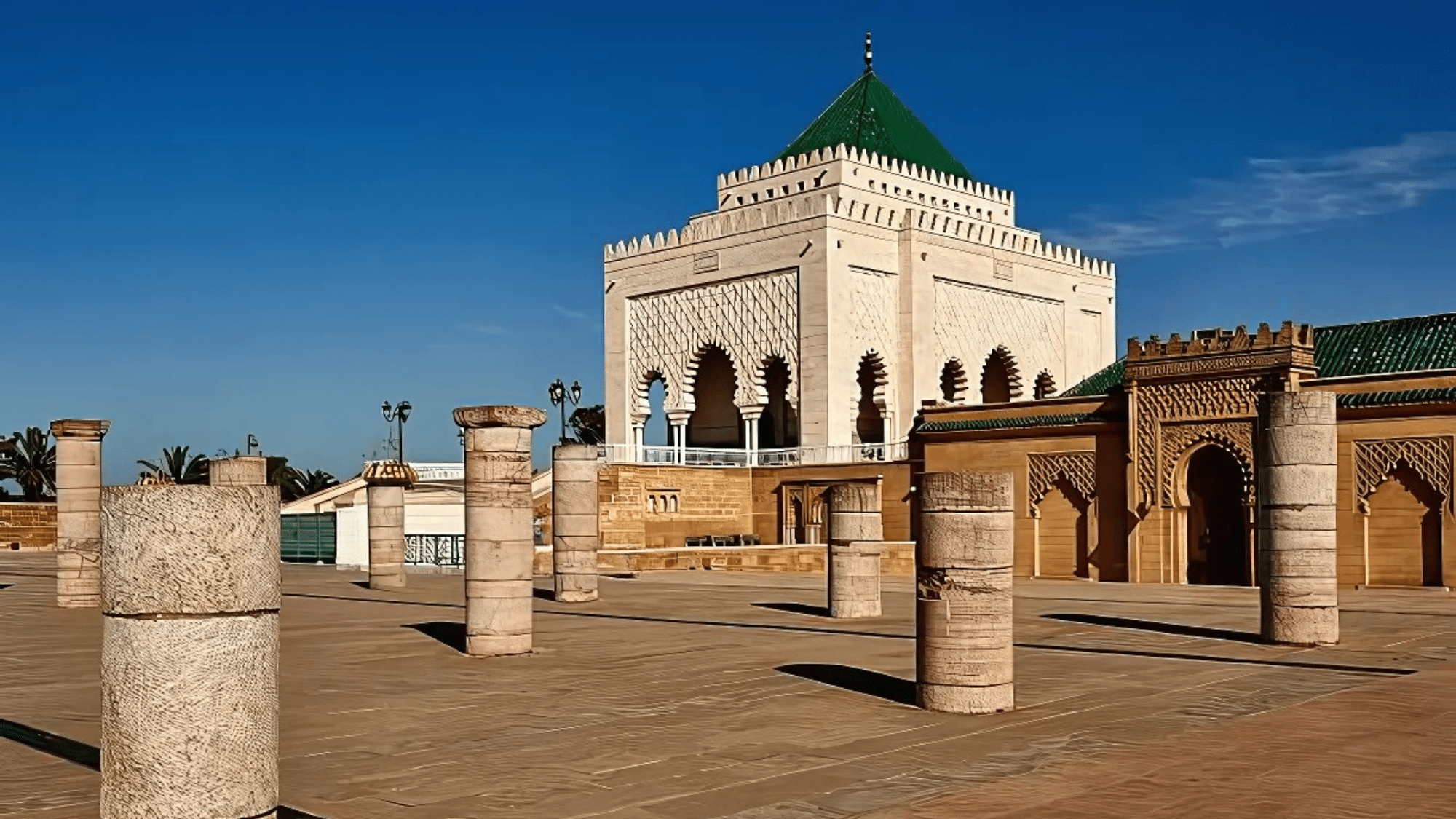
Morocco’s architecture features extensive use of carved cedar wood. You’ll see it in doors, ceilings, and decorative screens. These wooden elements often display geometric patterns or Arabic calligraphy.
The wood comes from the Atlas Mountains and ages to a beautiful golden color. Local cedar provides durability and a pleasant fragrance. Woodworkers create detailed patterns using traditional techniques.
The Mausoleum of Mohammed V in Rabat features spectacular carved cedar ceilings and doors.
Dynasties That Shaped Morocco’s Architectural Grandeur
Over the centuries, Morocco’s ruling dynasties treated architecture as a language of power, faith, and prestige.
Each sought not only to outdo their predecessors but also to leave behind monuments that would anchor their legacy in stone.
1. Almoravid Dynasty (1040-1147): Established the foundations of Moroccan Islamic architecture with solid yet straightforward structures. They built the original Kutubiyya Mosque in Marrakech, emphasizing functional design over decoration.
2. Almohad Dynasty (1121-1269): Created monumental architecture with massive scale and geometric precision. They completed the iconic Kutubiyya Mosque minaret and built the Hassan Tower in Rabat, showcasing their engineering prowess.
3. Marinid Dynasty (1244-1465): Focused on detailed craftsmanship and educational buildings. They constructed the beautiful Ben Youssef Madrasa and perfected intricate stucco work and zellij tilework techniques.
4. Saadian Dynasty (1549-1659): Brought opulent decoration and refined grace to the architecture. Their masterpiece, the Saadian Tombs in Marrakech, displays exceptional marble work and gold leaf details.
Modern Day Moroccan Architecture
Contemporary Moroccan architects face the challenge of honoring their rich architectural heritage while meeting the demands of modern times.
Today’s designers skillfully combine traditional elements with cutting-edge technology and contemporary lifestyles.
- Modern hotels and resorts incorporate traditional courtyards and geometric patterns, while also incorporating air conditioning, elevators, and glass facades.
- New residential developments feature classic flat rooftops and arched doorways, alongside modern amenities such as underground parking and solar panels.
- Contemporary mosques maintain traditional orientation and prayer hall layouts, but use steel and concrete construction methods for larger spans
- Luxury riads in medinas preserve original zellij tilework and carved plaster while integrating modern plumbing, lighting, and internet connectivity.
- Hotels blend traditional materials, such as cedar wood, with contemporary glass and steel construction techniques.
Wrapping Up
These structures endure.
They rise beyond stone and tile, carrying the voices of dynasties, artisans, and visionaries across the centuries. They are not just designs, but stories – living testaments to culture and faith.
Morocco’s architecture continues to inspire and impress, humbling scholars and travelers alike, while reminding the world of a nation’s brilliance.
Forget the fleeting trends. These walls already speak loudly enough. In their silence lies history, artistry, and a message carved deep into time.
Moroccan architecture is not just built to last, it’s built to speak across time.

